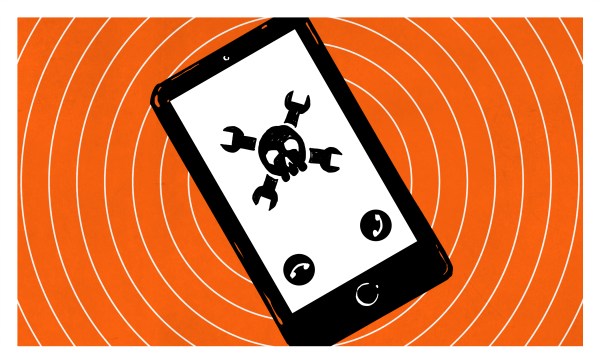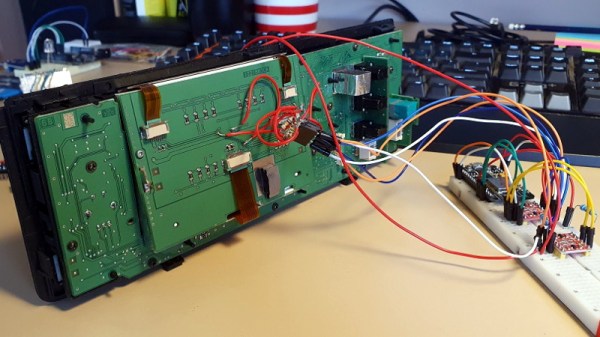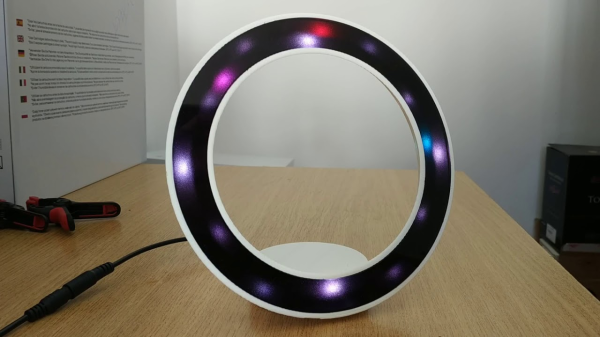While the dark side of the moon wasn’t seen by humans until the middle of the 20th century, that side of the moon isn’t always dark, just hidden from view of Earth by a quirk of gravity. The more appropriate name for the other half of the moon is the “far side”, but while it gets just as much sunshine as the near side does it is dark to one thing in particular: man-made radio waves. That, along with the lack of an atmosphere and ionosphere on the moon, makes it a perfect place for a new telescope.
This telescope isn’t like something you’d set up in your back yard, either. It’s more similar to the Aricebo Observatory in Puerto Rico which uses natural topography to help form the telescope. The proposed telescope on the far side of the moon would use a robot to deploy a net along a fairly large crater to act as a parabolic dish, while another robot would suspend the receiver above the crater. The large size is necessary for viewing deep into space, but is also because of the low-frequency radio signals they hope to capture.
Building a dish like this on the moon is sure to be no easy task, especially since remote control on the far side of the moon is difficult for precisely the reasons that make this a good location for a telescope. But with an appropriate amount of funding and some sufficiently autonomous robots it should be possible. Plus, you never know what you’ll find when looking deep into space.


















